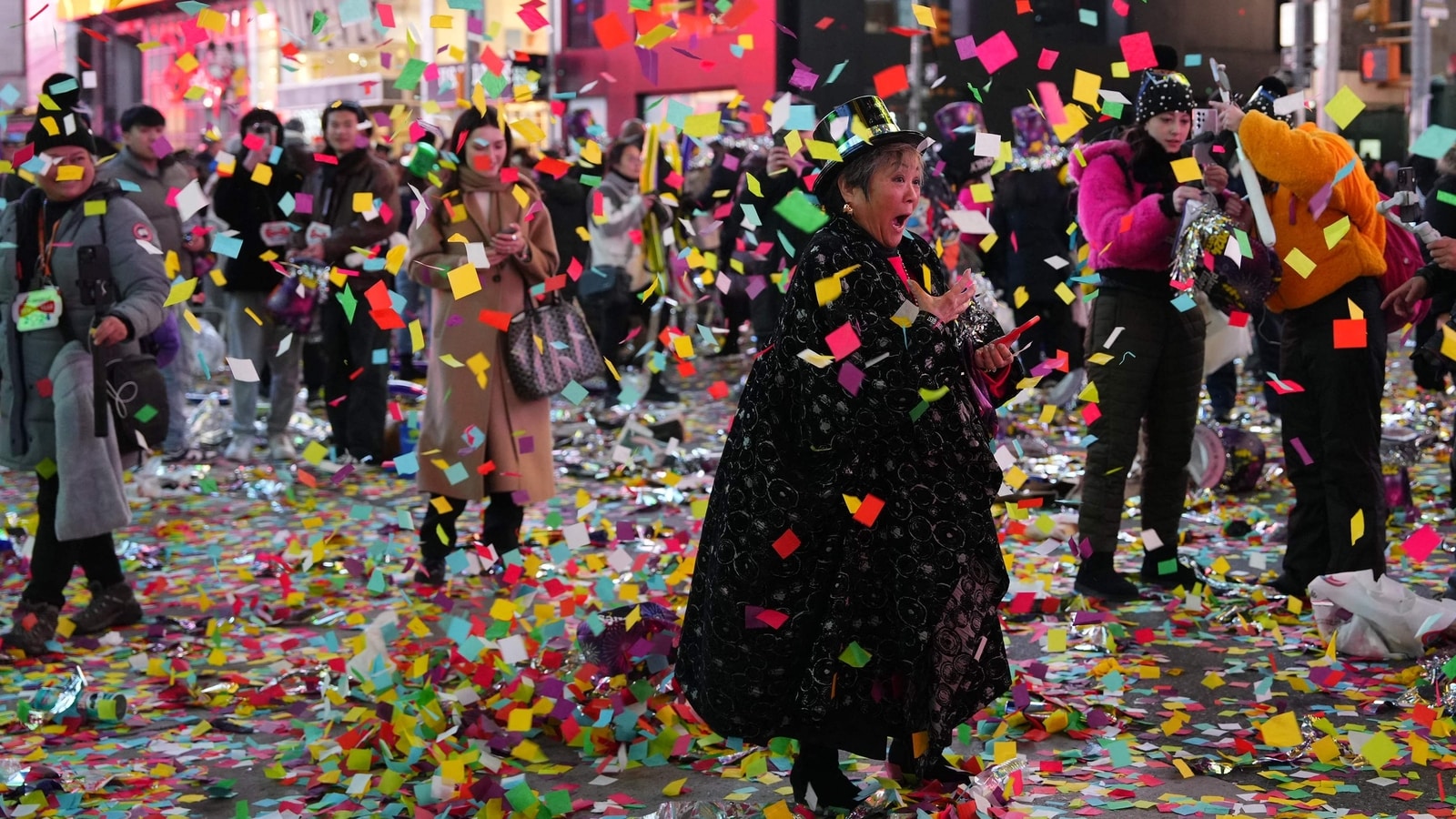[ad_1]
People across the world ring in New Year’s Eve with ‘Auld Lang Syne’ every year. While the song is in Scots language, the first verse and chorus are related to the New Year festival in English-speaking countries. Translated to English, the song literally means ‘Old Long Since.’ If we interpret the words, it could mean ‘since long ago or for old times’ sake.’

The lyrics of the song are about old friends drinking and talking about adventures they have had in the past. However, the new year is not specifically mentioned.
The lyrics were penned by the national poet of Scotland, Robert Burns. While the song was written in 1788, the poem appeared in print only after his death in 1796. The poem was first published in volume five of James Johnson’s Scots Musical Museum, according to Britannica.
“‘Auld Lang Syne’ can be literally translated as ‘Old Long Since,’ but the literal English does not give a sense of what it means to a user of Scots, where it refers to a shared past underpinning the current relationships of a family, community or professional/social association,” Professor Murray Pittock, a literary historian with the Centre for Robert Burns Studies at the University of Glasgow, told CBS News. “As such it is more evocative, nostalgic and communally unifying than any simple English equivalent.”
How was ‘Auld Lang Syne’ created?
“Burns said in one of the letters on view that he listened to an old man singing the song and that it had never been in print or in manuscript until he wrote it down from that old man singing,” Christine Nelson, who once curated an exhibition on the song at the Morgan Library in Manhattan, told CBS News in 2012.
According to Pittock, the song that Burns wrote can be traced back to ‘Auld Kyndness Forgot,’ preserved in a 1568 manuscript. Some historians have claimed that Burns re-wrote the lyrics.
“He didn’t make any secret of the fact that he was doing what he called ‘mending’ these old songs,” Nelson said. “So that they could be, you know, given to the public for posterity.” It is said that the best known lyrics of the song were published in 1799.
The lyrics (English version) say:
Should old acquaintance be forgot,
And never brought to mind?
Should old acquaintance be forgot,
And old lang syne?
For auld lang syne, my dear,
For auld lang syne,
We’ll take a cup of kindness yet,
For auld lang syne.
‘Auld Lang Syne’ and New Year’s Eve
A Canadian bandleader, Guy Lombardo, is the reason why the song became popular in the US. Back in 1929, he and his Royal Canadian Big Band played it on a New Year’s Eve broadcast. He later revealed that the western Ontario area he belonged to had a tradition associated with the song – bands would end every dance with ‘Auld Lang Syne.’
His 1929 broadcast made the song popular, and one can hear it in films like Forrest Gump, Sex and the City, and When Harry Met Sally. The melody existed long before the song was written. English composer William Shield used a similar melody is Rosina, his comic opera which was first performed in 1782.
[ad_2]
Source link

